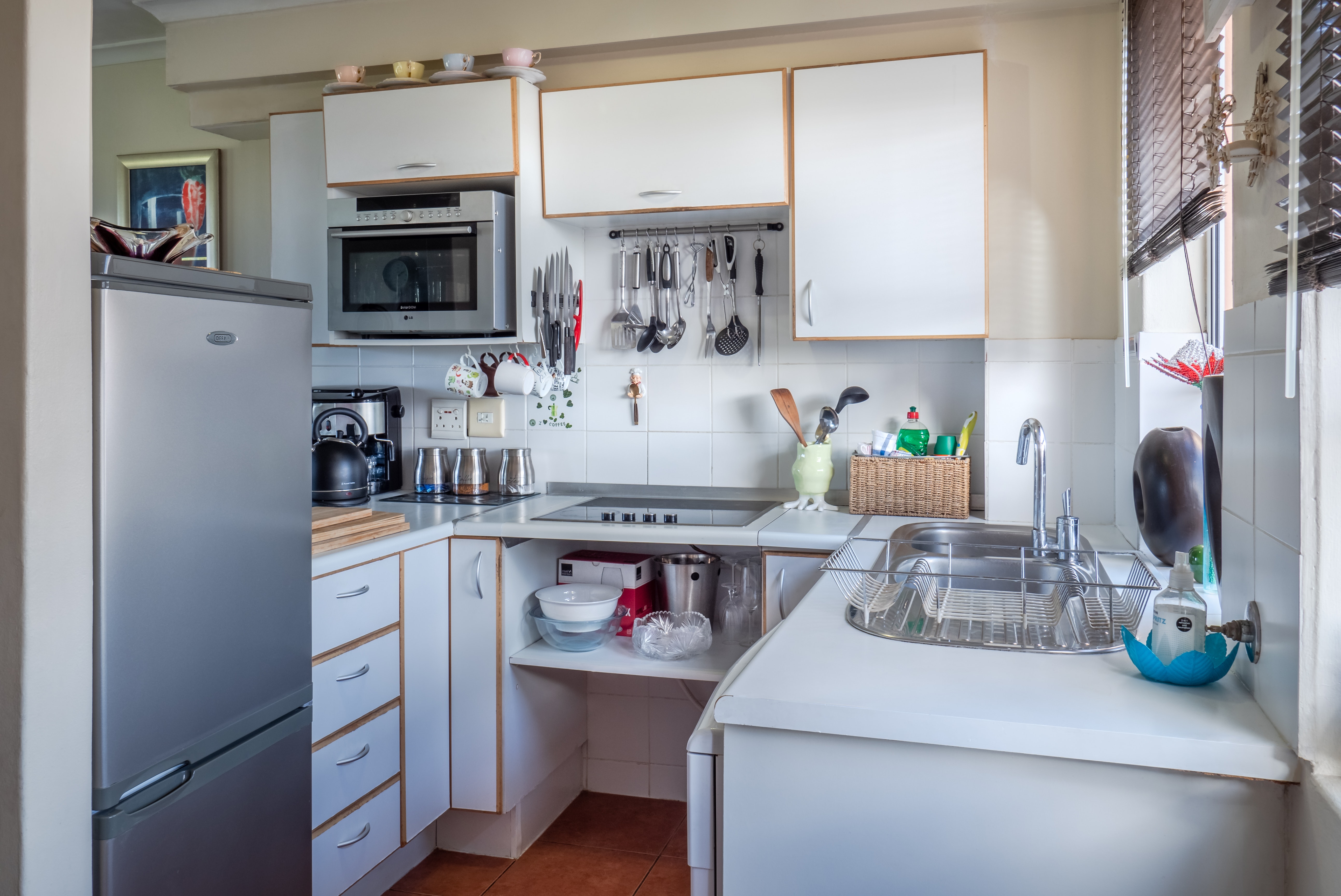AVOIDING UNNECESSARY APPLIANCE REPAIRS
Keep your refrigerator condenser clean.
The condenser is what keeps your compressor from overheating. Most refrigerators have a fan motor which moves air across the condenser which cools your compressor. Lint and pet hair gets sucked into the condenser. When it builds up and restricts the air flow, your compressor overheats. Compressor replacement is the most expensive repair on a refrigerator. Clean your condenser regularly to help prolong the life of your compressor.
Never overload your washing machine.
If you want your washing machine to last, don’t try to get your laundry done so quickly. Heavy loads and off-balanced loads put a strain on the moving parts of your machine and wear them out prematurely. It’s better to do smaller, evenly balanced loads.
Keep your dryer and vent line free of lint.
Cleaning the lint screen on your dryer before every load should be a habit but that’s not enough. Lint builds up in your dryer vent line over time. When your vent line starts to get restricted, more lint backs up into your dryer which creates a possible dryer fire. The inside of your dryer and vent line need to be vacuumed out periodically. You can prevent dryer fires with regular cleaning.
Rinse the excess food off of your dishes before placing them in the dishwasher.
Even though you may have seen commercials that say you can be lazy and leave the food on your dishes, there are still risks to your appliance. The food has to go somewhere and it commonly gets clogged up in the pump and spray arms, necessitating a call your appliance technician.
Avoid using the “self clean” feature on your oven.
Call Absolute Appliance Repair NOW if you have any problems with your appliance!
Phone lines
(415) 831-1259 San Francisco
(415) 388-0690 Marin County
(650) 525-0512 South SF / Daly City / Pacifica


